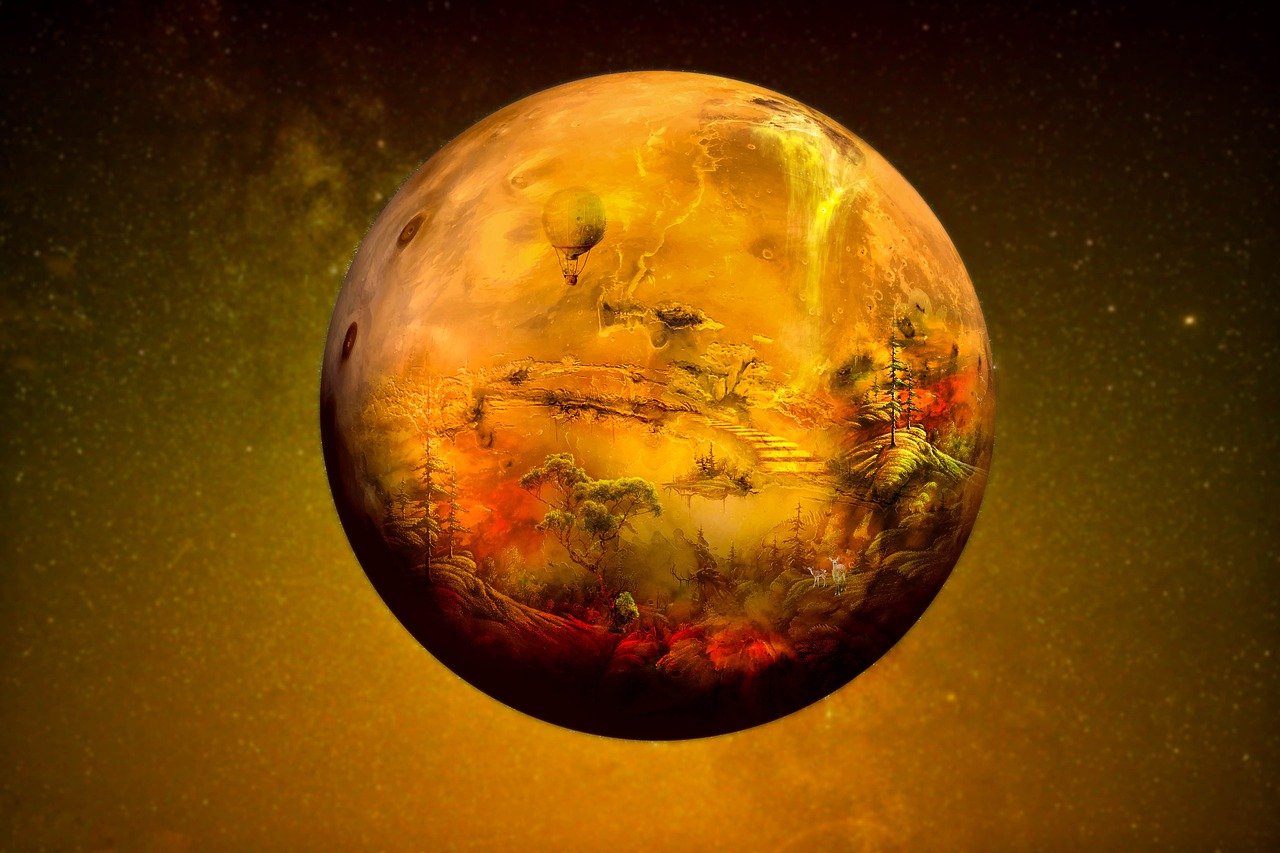The size and the mass of Venus are almost identical to the Planet Earth. The atmosphere of Venus is filled with substances like carbon dioxide and particles of sulfuric. In fact, it is a terrestrial planet which is pretty similar to ours. However, Venus doesn’t have any water in it and therefore, we cannot expect it to be a habitable planet.
Well, Venus’ size and mass are comparable to our own, as are its element makeup and the distance between the sun and Venus. Carbon dioxide dominates the atmosphere, with some sulfuric particles mixed in. It’s a terrestrial planet, much like ours. Because Venus lacks water, it cannot support life.
Among the planets in our solar system, Venus may seem the most similar to Earth. It’s only slightly smaller than Earth in diameter and mass, and it has an atmosphere that contains carbon dioxide. But because of its close proximity to the sun, its surface temperature can reach 462 degrees Celsius (864 degrees Fahrenheit), and its atmospheric pressure is more than 90 times greater than that of Earth’s at sea level—due to an abundance of sulfuric acid—it’s not as habitable as we might think.
Why do we call it a relative of the earth?
Many scientists believe the two worlds are connected despite their differences because of the parallels described above. How is it possible that a planet of this size, with an iron core, could be so unlike Earth? When you first arrive on the planet, you’ll be met by temperatures as high as 800 degrees Fahrenheit. In close proximity to the sun, Venus receives the full force of its irradiance. In contrast to Earth’s protective atmosphere, Venus has no means of keeping out heat or enabling heat to leave once it arrives. As a consequence, every creature that depends on water and oxygen to live would perish. The existence of life is impossible.
Important geological characteristics of Venus
When amateur astronomers first glimpse the planet’s rings, they will be mesmerized. It’ll keep people interested after they realize the planet has an abnormally high level of volcanic activity. Thunder and lightning have been seen from space, but no rain has been found on the planet save for Sulphur droplets that fall from the sky. In spite of this, scientists believe that the circumstances on Venus are different from those that existed in the planet’s history. Water may have existed on Earth billions of years ago, according to scientific theory. During that time, the greenhouse effect grew out of control and rendered human settlement impossible. Some scientists, on the other hand, think that if the planet had a protective atmosphere, there might be pockets of life.
Venus as seen from the Earth
Because of its brilliance, Venus has long been a favorite among astronomers. Except for the sun, Venus is the only other clearly visible celestial body. Venus is best visible when the sun is low in the sky, either descending or ascending. The planet may, however, be seen at almost any time of day. A crescent phase like our moon may be seen in quarter-slices and other appealing forms while looking at the object. These Venusian phases can only be seen via a telescope, as opposed to the naked eye on the moon.
Observations of Venus’ Transits
Because of the inclination of the orbit of Venus,’ it will not pass directly in front of the sun during its transit between the Earth and the sun, preventing magnificent views. However, astronomers may look forward to a spectacular transit of Venus once every 243 years. Transits occur in pairs, separated by 8-9 years, allowing for two viewings every 121+ years. Both the events in June 2004 and 2012, which took place in the most recent era of cosmic activity, emphasized this. Even if Venus and Earth are similar in size, the real similarities between the two have ended billions of years ago. Nevertheless, Venus is a subject of many fascinations and the explorations are likely to continue.
![]()
